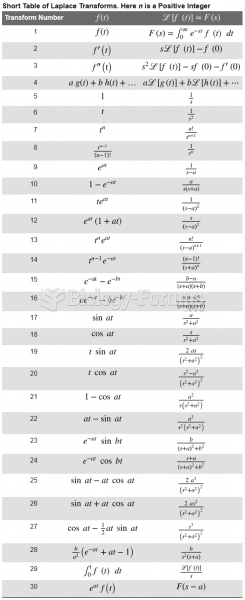This topic contains a solution. Click here to go to the answer
|
|
|
Did you know?
Egg cells are about the size of a grain of sand. They are formed inside of a female's ovaries before she is even born.
Did you know?
More than 30% of American adults, and about 12% of children utilize health care approaches that were developed outside of conventional medicine.
Did you know?
In 1835 it was discovered that a disease of silkworms known as muscardine could be transferred from one silkworm to another, and was caused by a fungus.
Did you know?
By definition, when a medication is administered intravenously, its bioavailability is 100%.
Did you know?
Green tea is able to stop the scent of garlic or onion from causing bad breath.
 Stand at the side of the table facing the head. Apply lubricant with effleurage from ankle to hip ...
Stand at the side of the table facing the head. Apply lubricant with effleurage from ankle to hip ...
 Finish with bilateral stroking to the entire back. Stand at head of the table with fingers pointing ...
Finish with bilateral stroking to the entire back. Stand at head of the table with fingers pointing ...





